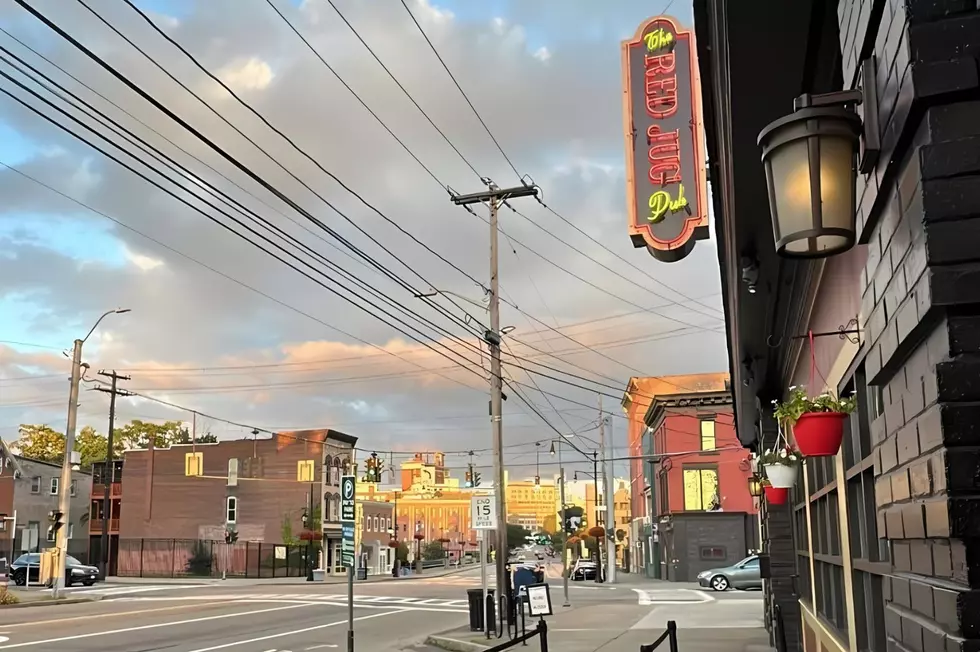![[GALLERY] These Are The 10 Coldest Binghamton Temperatures On Record](http://townsquare.media/site/497/files/2022/02/attachment-Cold-Southern-Tier.jpg?w=980&q=75)
[GALLERY] These Are The 10 Coldest Binghamton Temperatures On Record
It's another unpredictable winter we're experiencing this year. Are there really any two winters that are pretty much the same? At least we haven't been hit with as much snowfall as we did last year. Of course, that was a record snowfall year for the Binghamton area.
As I write this article, after dealing with temperatures just above and below zero, my outdoor thermometer reads 51 degrees on the 17th of February. And no, I am not complaining. I welcome these warm temperatures. Well, warm for February anyway. The punishment will come the day after when temperatures plunge into the 20s for a high and the mid-teens for a low.
But we tough Northeastern U.S. residents know to expect the unexpected and crazy highs and lows from December through March. And there are good and not so good things about a cold winter.
The bad things about winter are a bit obvious. The first that comes to mind is that most of us simply don't like cold temperatures. It's a pain getting all bundled up to go outside. At one time or another, we have had to deal with vehicles that won't start in extremely cold temperatures, especially when we had a clunker of a car in our younger years. And when we experience ice accumulations or overnight freezing conditions, it's no fun trying to keep from slipping and chipping it off sidewalks, steps, and driveways. I could go on and on.
The upside? Well, there are some great things about winter. The cold temperatures are the perfect recipe for outdoor events like skiing, ice skating, snowboarding, ice fishing, maybe a game of ice hockey. There are community ice festivals like the one that occurs each year in Ithaca, And then there's the Crappy Derby in Whitney Point and the Broome Country Parks Winterfest to name a few.
We did a bit of research to find out what years had the coldest temperatures according to the National Weather Service in Binghamton and found records dating back to 1953. Here's what we found. These temperatures do not take into account any possible wind chill factors.
via National Weather Service Binghamton
Lowest Binghamton Area Temperatures Since The 1950s
LOOK: The most expensive weather and climate disasters in recent decades
https://totalnewswire.com/what-to-do-after-a-tornado-strikes/
More From 98.1 The Hawk









